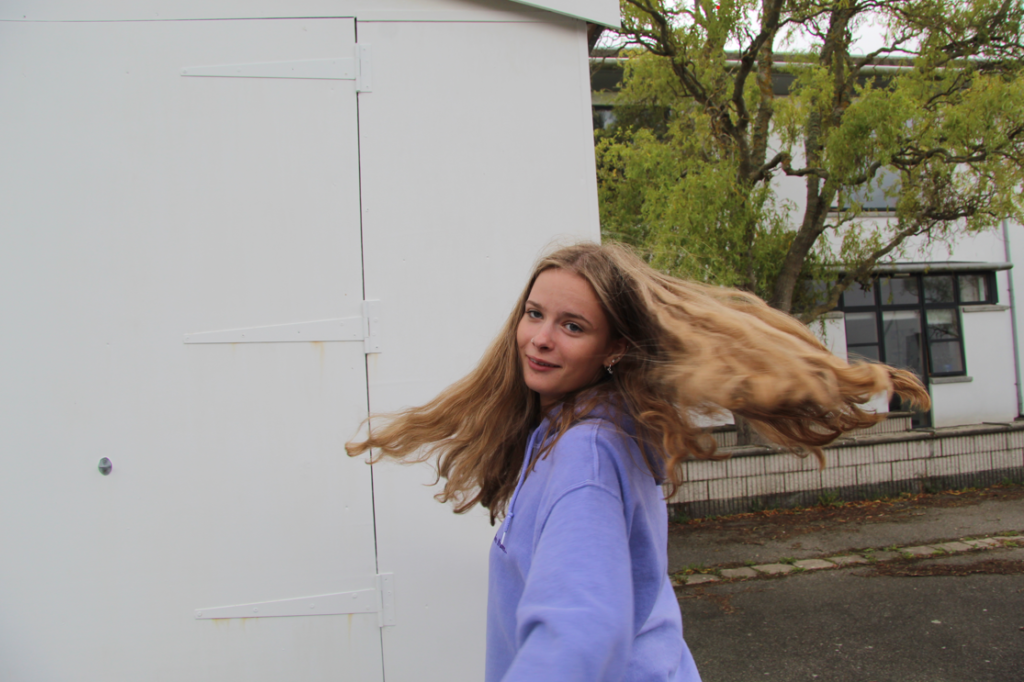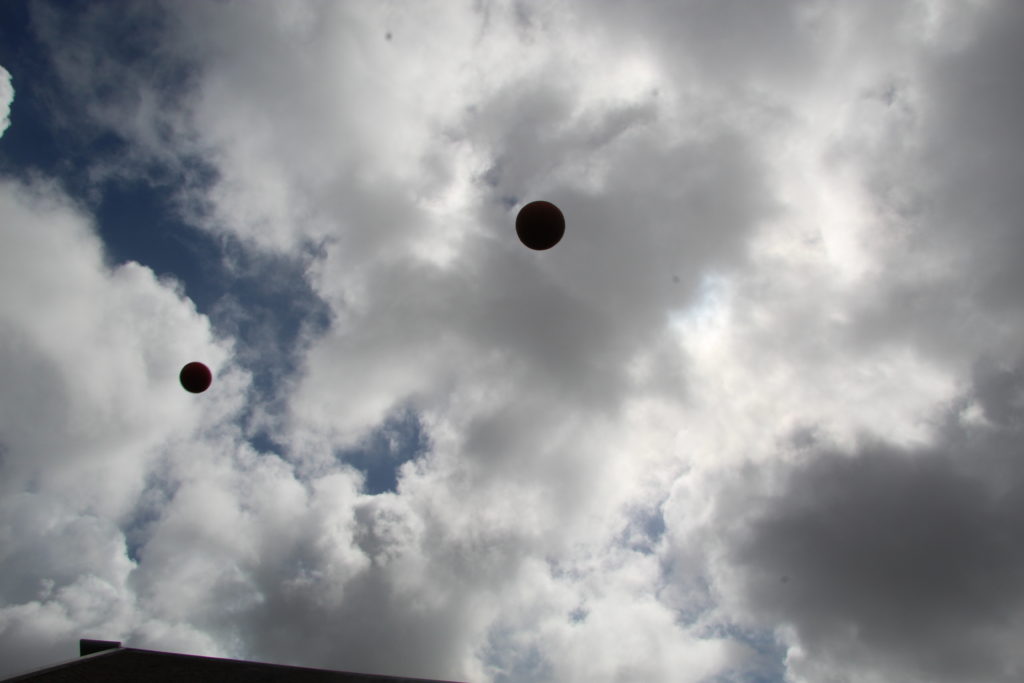What is it?
A shutter – is a device that allows light to pass for a determined period, exposing photographic film or a photosensitive digital sensor to light in order to capture a permanent image of a scene.
shutter speed – It’s the speed at which the shutter of the camera closes. A fast shutter speed creates a shorter exposure which is the amount of light the camera takes in and a slow shutter speed gives the photographer a longer exposure.

Using different levels of shutterspeed we then did a shoot of our own where one person was taking the photo and the other moved around trying to avoid the camera. This meant the photogropher had to set their shutter speed depending on the model, as they were moving fast, to capture the focussed image.
JOHN BALDESSARI
John Baldessari was an American photographer known for his work featuring found photography and appropriated images. Initially a painter, he began to incorporate texts and photography into his canvases in the mid-1960s. In 1970 he began working in printmaking, film, video, installation, sculpture and photography.
The three balls
One of his most recognised shoots involved photographing three balls being thrown into the air attempting to capture them in a straight line. In this shoot no two photographs are the same because of variables such as changes in wind speed and the natural lighting. Through this process, he captured a divide between the thought of an idea and its execution.
My attempt
Inspired by his collection called – Throwing Three Balls in the Air to Get a Straight Line – We tried to capture some similar images.
Camera dodge game
To experiment with the effects of changing the shutterspeed we played a game where one person has the camera and the other tries to dodge the camera whilst the photographer attempts to capture them.












































































































